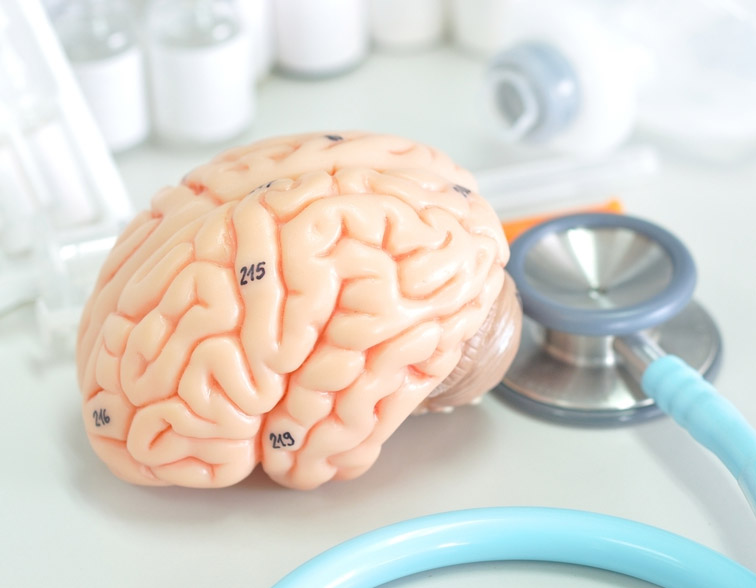+91-9872940237

What is meant by Neuroanatomy?
Neuroanatomy is the research of the association between function and structure in the nervous system. Macroscopic structures are larger structures that are referred to as brain folds. If not, the microscopic structure includes the ones which are at the molecular and cellular level. There will be an interaction between glia and neurons.
What do you need to know about its history?
For the first time, a Neuroanatomy study was done by Edwin Smith Surgical Papyrus. This goes back to around 1600 BCE. A Greek philosopher named Alcmaeon was the first one who understood that senses and the brain are the change of the human body and not the brain.
Understanding of Nervous system
Nervous system 3 main components include the following:
- Extracellular Constituents
- Neurons (Nerve cells)
- Neurogila (Gilal cells)
Neurons take the information by understanding the environment, emerging the memories & thoughts, and neurotransmitters help in communication.
What are neurons?
Neurons are termed as a cell body along with 2 processes. It is categorized by:
- Dendrite
- Axon
The presence of dendrite is more than once and the axon is present only in a single amount. Dendrites get the signals which are transferred to the body cells. On the other hand, the axon also helps in transmitting the signals but it will be done at a longer distance.
Under the microscope, synapses can be seen which are formed by neurons. Signals are passed in the following manner:
- From the axon to the neuron
- It goes to dendrite or another neuron cell body
What are the types of glial cells?
Glial cells are available in different types and carry out different functions. It includes the following:
- Protecting Neurons
- Producing Myelin
- Maintaining Homeostasis
The most prominent types of glial cells are:
- Microglia
- Astroglia
- Oligodendroglia
What is the nervous system composed of?
The nervous system is all about the fiber bundles which begin from the brain and spinal cord. The fibers are termed by nerves & these are made of neurons plus membranes which helps in making apart from the fascicles. Through the branch, they reach different body parts.
Invertebrates section the nervous system is divided into 2 parts which include:
- Peripheral part (Peripheral system)
- The central part (central system)
CNS stands for ‘Central Nervous System’ which involves the spinal cord, brain, and retina. PNS stands for ‘Peripheral Nervous System’. It contains the nerves which connect the CNS to the rest of the body. From the brain 12 pairs emanate and from the spinal cord around 31 pairs.
PNS
The Peripheral Nervous System includes the autonomic (take account of involuntary actions) and somatic system (take account of muscle movement). The somatic system helps in taking the sensory data from the environment and giving it back to the central nervous system. There is also the presence of neurons that helps in giving the command to muscles.
Autonomic Nervous System
It is the combination of a parasympathetic and sympathetic system. Both of them are accountable to perform vital functions like breathing and heartbeat.
Neuroanatomy terminology
Several standard terms are used to indicate the orientation of structures in neuroanatomy, about the axis of the body or brain. Some of these are:
- Dorsal: The top side (derived from Latin Dorsum, back)
- Caudal: The tail end or back part of the body (derived from Latin Cauda, tail)
- Ventral: Bottom side part of the body (derived from Latin Venter, belly)
- Rostral: Body front part(derived from Latin Rostrum, nose)
- Medial: Close to the median plane of the body (derived from Latin Medius, middle)
- Lateral: Away from the median plane of the body (derived from Latin Latus, side)
If you have any problem with your brain health or want to know what is best for you then get in touch with our health expert at the earliest.
